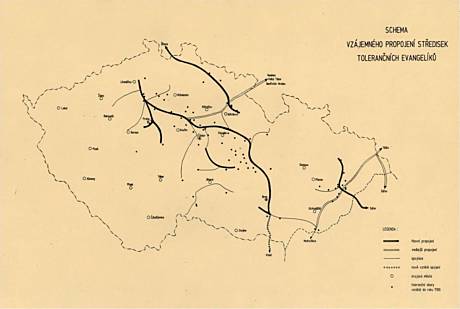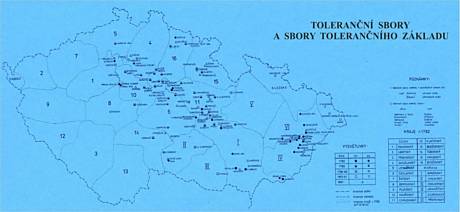Exhibition of the Czech Reformation in the European context
G Toleration Churches (1781–1861)
G 1 Patent of Toleration
1. The Patent of Toleration was send to Land Authorities in writing.
– Very soon it was also issued printed.
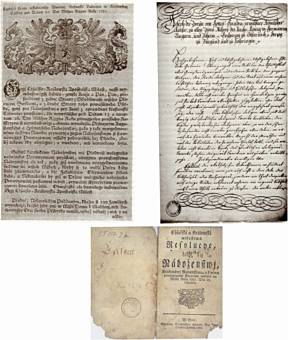
2. Johann Lederwasch at his picture called "Annunciation of the Toleration" expressed his desire overstepping the reality that time. According to Lederwasch the emperor Joseph II invites to Jesus Christ everybody who belongs to God: also Hussite or member of the Herrnhut Unity of Brethren, even a Jew and Turk.
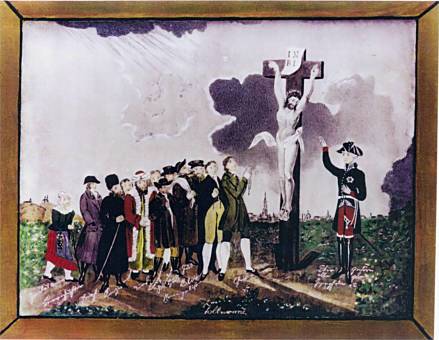
4. First written applications expressed the continuity of the Czech Reformation different ways.
– ometimes people proved it with their books or title pages of books; in this case it is a hymn-book from 1615.
– Somewhere in the applications there you can find even a demand – Here it is an inducement for making the Patent of Toleration public.
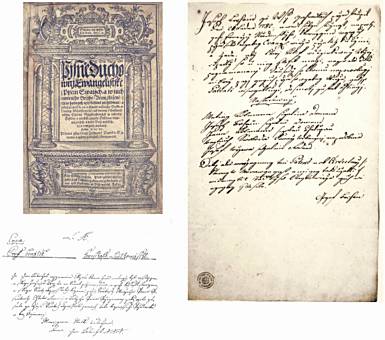
5. It was followed by "ceremonial applications" when everybody was interrogated himself about the reason for his decision.
– There was presented also experienced priest during the ceremonial applications, he was called "spiritual commissioner", he notified his bishop about it.
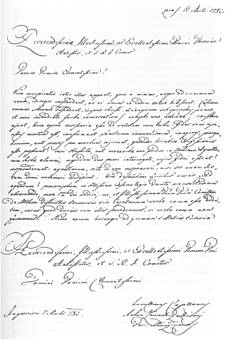
6. After it official lists and statistics were made.
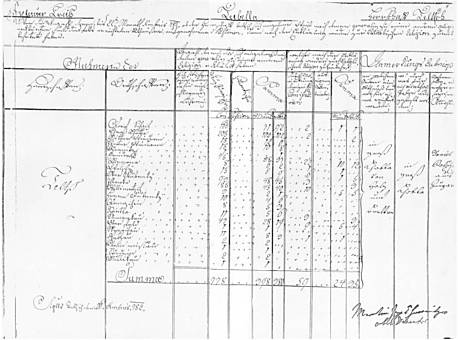
G 2 Toleration Period
1. Toleration congregations appeared not everywhere where the Secret Church lived. They were established only at places where it could have heard about the Patent of Toleration during the year 1782; then collective applications were not permitted any more. The uniform Church was artificially divided into Lutheran and Reformed, because all who not literally mentioned the Helvetian Confession were enlisted by the official authority as Lutherans.
2. Households of the Toleration Church members were decorated also with popular glass-paintings; they had topics from Bible, referred to the Holy Communion in both kinds and sometimes rendered a Tolerance House of Prayer, too.
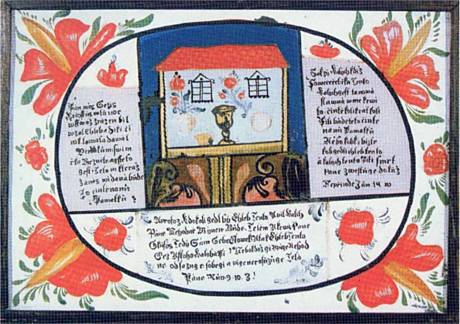
3. Till nowadays conserved – state protected wooden House of Prayer in Hrubá (Velká) Lhota in Wallachia is the illustrative proof of the restrictions of the Toleration Period: the House of Prayer should have been quite discreet, it was not allowed to remind a church at any detail.
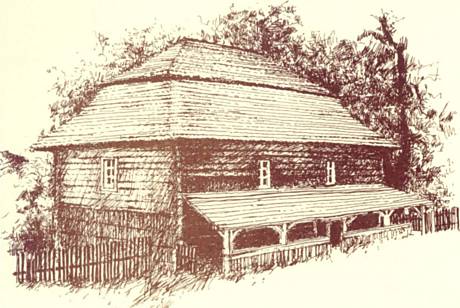
4. Toleration congregation’s members very appreciate the interior decorations. It was made from appropriate cites from Bible and moderate decorum. House of Prayer in Libiš near Prague has been state protected as well.
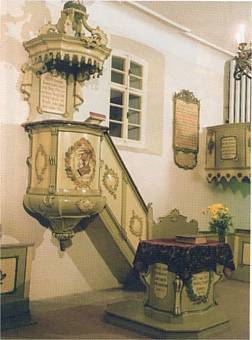
5. House of Prayer in Jimramov was not only the centre of the congregation, but also the larger area, the superintendence district.
– The first superintendent was Michal Blažek, successor of the Czech exiles from Slovakia, very educated man.
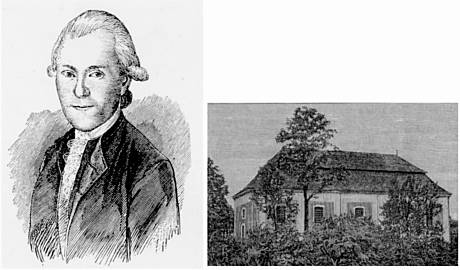
6. Folk paraphrase of the Patent of Toleration, applied as the glass-painting. It puts words from Bible to the mouth of the emperor; often citing from Bible was typical for Protestant self-learners.
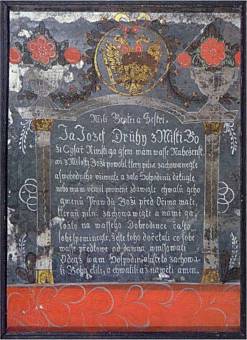
G 3 Year 1848 and the Provisional Period
1. Historian František Palacký, the offspring of the secret Protestants, started to arouse the interest of people in the first half of 19th century on Hussitism and Czech history.
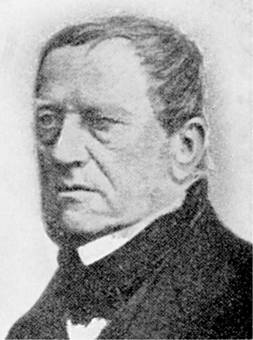
2. The revolution year 1848 brought much hope even to Czech Land.
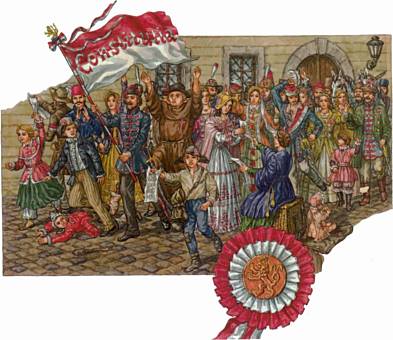
3. Journalist Karel Havlíček Borovský became the symbol of the fight for liberty; he was then expelled to exile in Brixen.
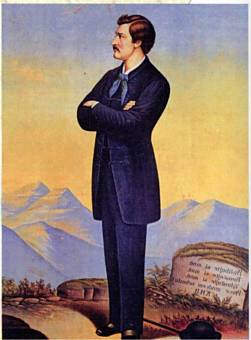
4. Hapsburgian state considered Vilém Košut, pastor in Prague and another offspring of the leaders of the Secret Church, to be more dangerous than Havlíček. Košut had been as exile in Klagenfurt for longer time than others, and then he had to leave abroad to permanent lifetime exile.
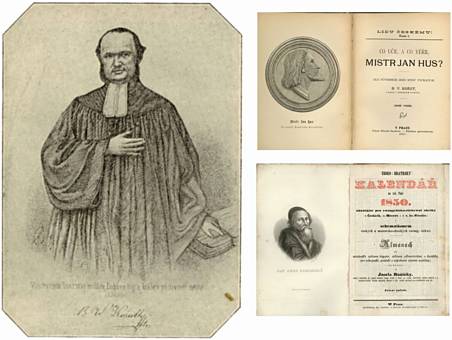
5. St Clement Church in Prague, which Košut got for Reformed congregation in Prague.
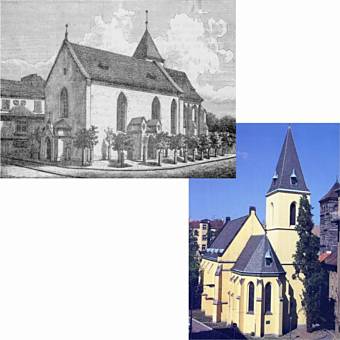
6. The so-called Provisional Epoch after 1848 brought certain relief for tolerated Churches. Congregations began to build towers (Klobouky) and completely new built churches (Bukovka, Velim).

